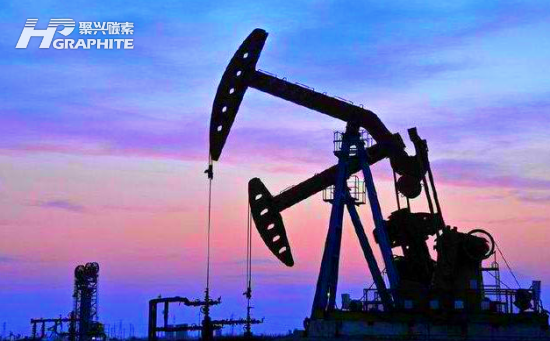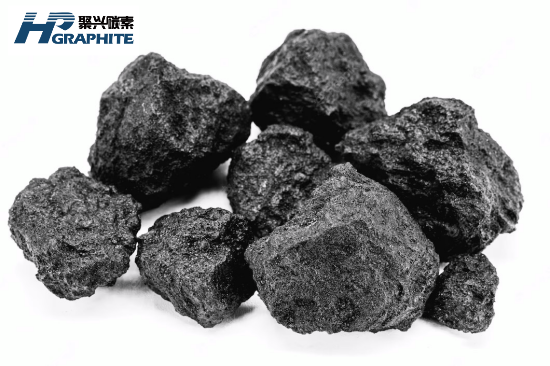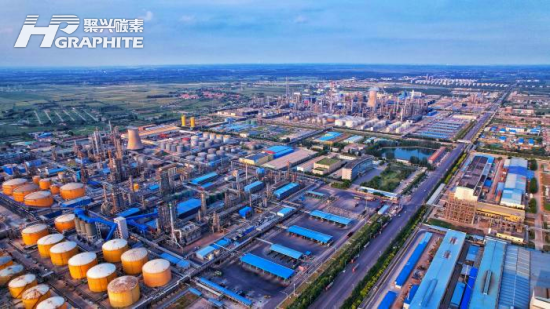【Petroleum Coke】Price Collapse! From Peak to Trough, What Pain is the Industry Enduring?

Petroleum coke is mainly used to make graphite electrodes, with key downstream applications in aluminum electrolysis, electric vehicles, and steelmaking. Due to its high carbon content, petroleum coke is widely used as electrode material in electric arc furnace (EAF) steel production.
【Petroleum Coke】Price Collapse! From Peak to Trough, What Pain is the Industry Enduring?
The lithium battery anode materials boom once drove petroleum coke prices soaring, but now this once "black gold" industry is experiencing severe turmoil. Since 2025, petroleum coke prices have plummeted from a high of 3,000 yuan/ton, dropping three consecutive times with a total decline of over 40%. Many companies are trapped in a dilemma of "increased production without increased revenue." This rollercoaster ride from skyrocketing to crashing—what deep-rooted contradictions does it reveal in the petroleum coke industry?
(I) The Boom: Lithium Battery Demand Sparks a Price Surge
From 2022 to 2024, the global surge in new energy vehicles (NEVs) and energy storage drove up demand for petroleum coke, a key raw material for anode materials. Data shows that in 2023, China's demand for petroleum coke in anode material production surged by 67% year-on-year, pushing prices from 1,200 yuan/ton at the beginning of 2022 to 3,000 yuan/ton by the end of 2024—a staggering 150% increase in three years.
This price rally was primarily fueled by supply-demand imbalances:
1. Supply contraction: Environmental policies restricted refinery operations, reducing delayed coking unit utilization rates and slowing petroleum coke output growth.
2. Explosive demand: Anode material manufacturers aggressively stockpiled petroleum coke, even resorting to prepayments to secure supplies.
3. Speculative trading: Some traders hoarded inventory, further inflating market prices in a vicious cycle of "buying as prices rise."

(II) The Three Consecutive Drops: Supply-Demand Reversal and Industry Reshuffling
At the beginning of 2025, petroleum coke prices abruptly turned downward, falling for three consecutive months to below 1,800 yuan/ton. This crash was triggered by a quiet but profound shift in supply and demand dynamics:
1. Supply Surge
In 2024, global refinery expansions went online, pushing delayed coking unit utilization rates back above 85%.
Monthly petroleum coke production rose 22% year-on-year.
Increased exports from the U.S. and the Middle East intensified supply pressure in the domestic market.
2. Cooling Demand
The anode material sector entered a phase of supply chain optimization, with major players reducing raw material stockpiles.
Accelerating technological advancements in artificial graphite reduced petroleum coke consumption per unit product by 8%-10%, further compressing demand.
3. Intensifying Competition from Alternatives
Technological breakthroughs and large-scale production of coal-based needle coke eroded petroleum coke's market share.
By Q1 2025, coal-based needle coke's share in anode material production had increased from 15% in 2022 to 28%, directly replacing petroleum coke.

(III) Industry Pain: Overcapacity and Transformation Struggles
The price collapse is only the tip of the iceberg—the real challenges for petroleum coke companies lie in overcapacity and transformation pressures:
1. Small and Medium-Sized Producers Exit
Under price pressure, smaller petroleum coke producers are shutting down.
In Q1 2025 alone, 12 producers with capacities below 500,000 tons/year either cut production or closed down.
Industry concentration (CR10) rose from 45% in 2022 to 58%.
2. Urgent Need for Technological Upgrades
High-end petroleum coke (e.g., low-sulfur coke) presents high technological barriers, limiting the number of competitive companies.
Most producers rely on mid-to-low-end products, struggling in a price war.
A major refinery executive admitted: "We are investing 300 million yuan in production line upgrades, but whether our technology can keep pace with market changes remains uncertain."
3. Uncertain Transition to New Energy
Some companies are attempting to enter the lithium battery anode material sector, but face challenges:
The market is already highly competitive, with established leaders holding technological and customer barriers.
The transition from raw material production to material processing requires massive capital and long-term technical accumulation, which most companies lack.

(IV) The Road Ahead: Finding a New Balance Amid Industry Pain
This petroleum coke crash is not just a result of market forces—it is also a catalyst for industry transformation. Moving forward, companies must break the deadlock by:
Optimizing capacity structure: Phasing out outdated capacity, focusing on high-value-added petroleum coke products.
Expanding application scenarios: Exploring deeper applications in metallurgy and chemicals to reduce reliance on the lithium battery sector.
Enhancing industry collaboration: Establishing long-term partnerships with anode material manufacturers to boost overall competitiveness through technological synergy.
Conclusion
From boom to bust, the turmoil in petroleum coke reflects the brutal shakeout in the new energy supply chain. When the tide recedes, only companies with true technological, cost, and supply chain advantages will survive and thrive. For the broader energy and chemical industry, the real question is: how to find a new balance in an ever-changing market?
Feel free to contact us anytime for more information about the petroleum coke market. Our team is dedicated to providing you with in-depth insights and customized assistance based on your needs. Whether you have questions about product specifications, market trends, or pricing, we are here to help.
No related results found








0 Replies